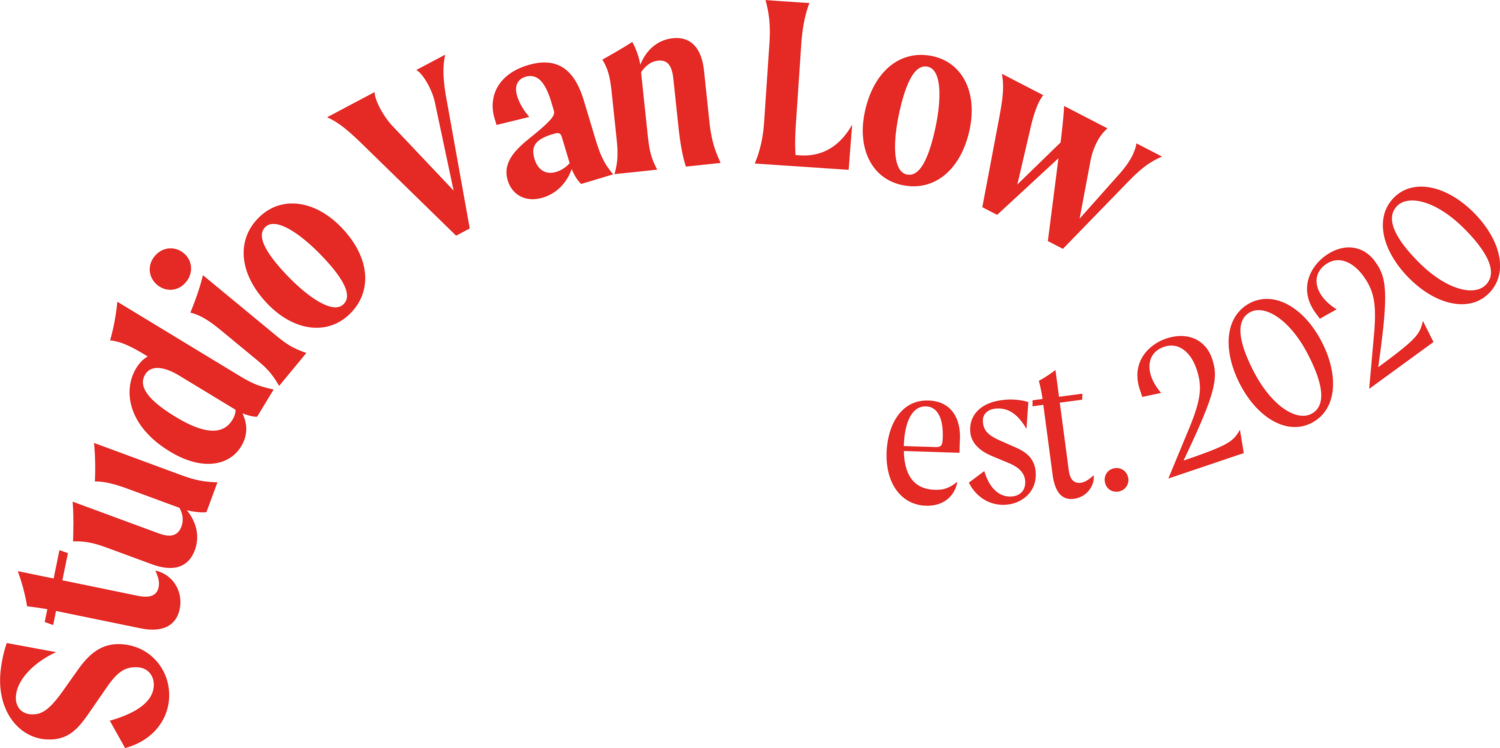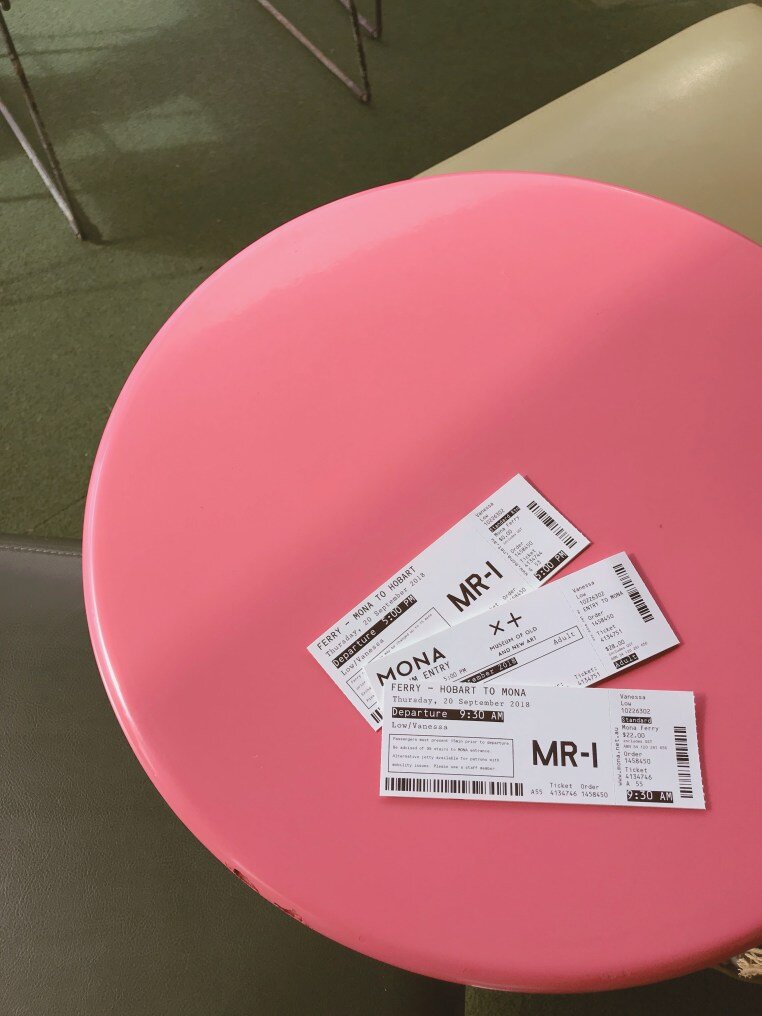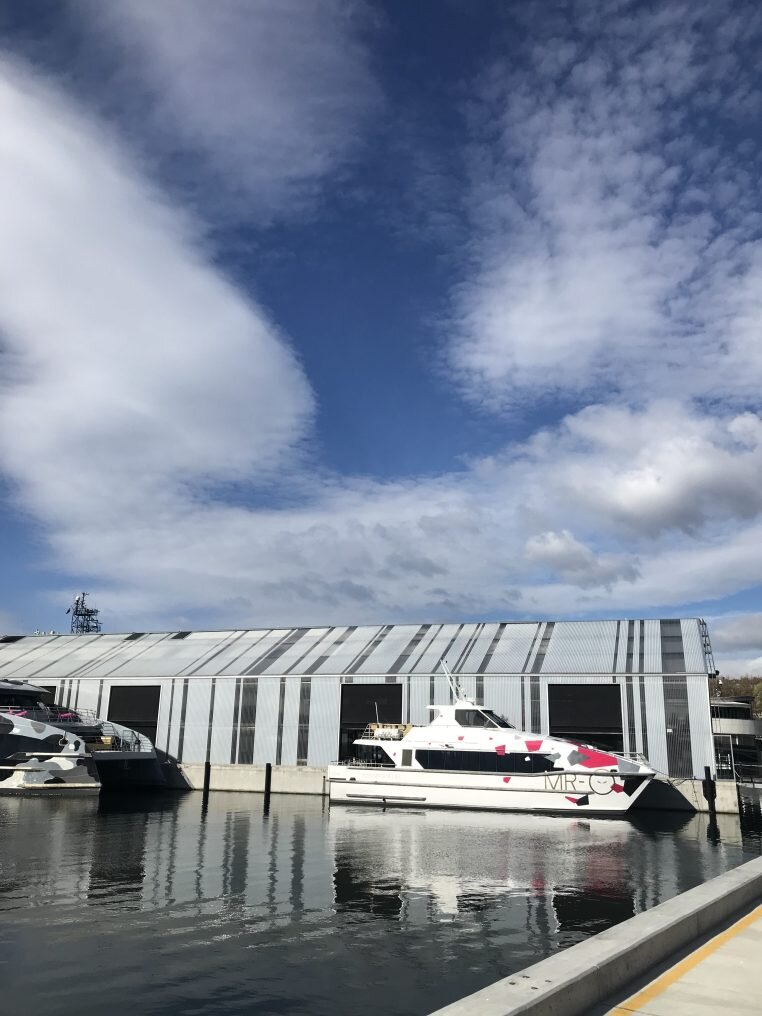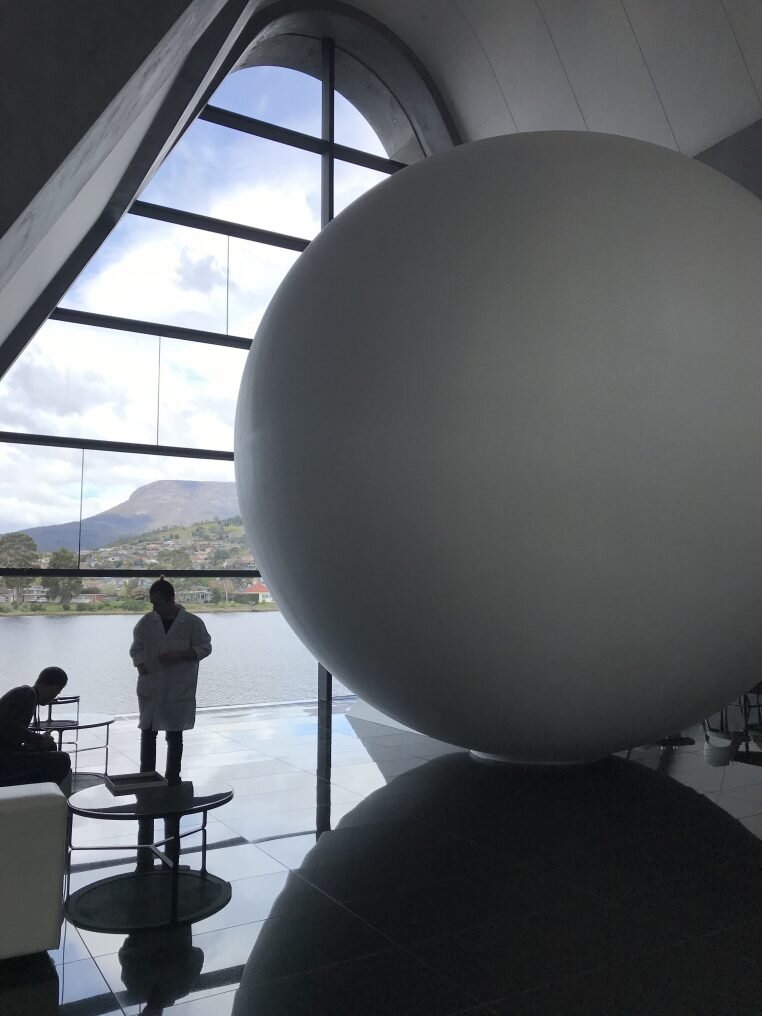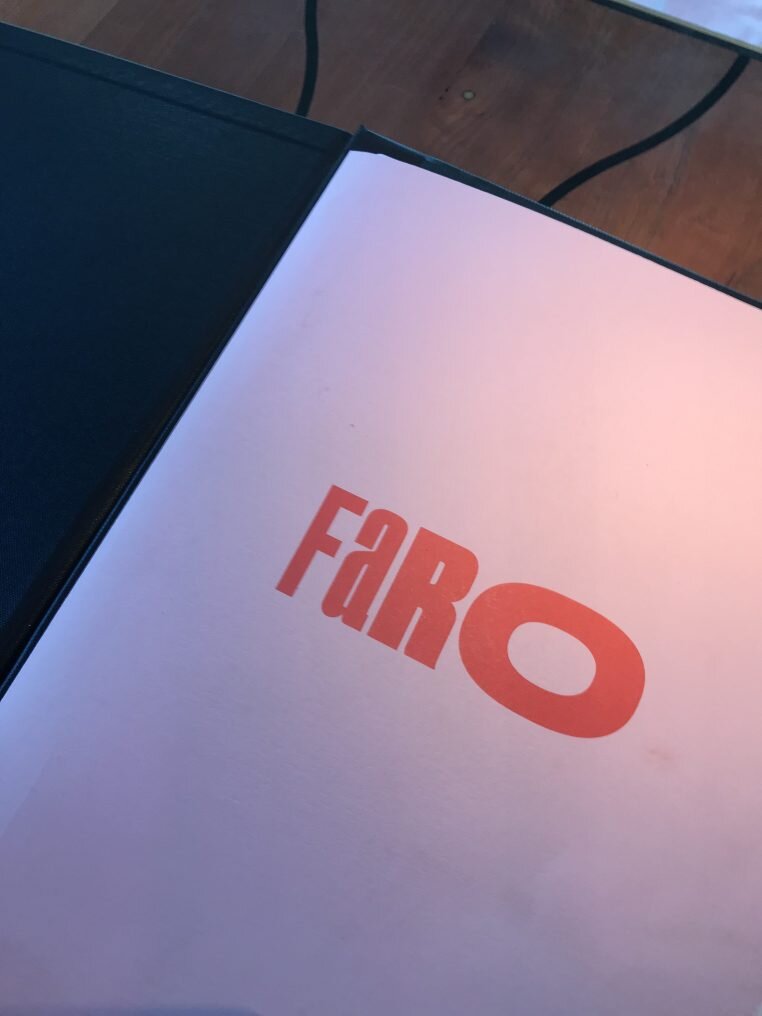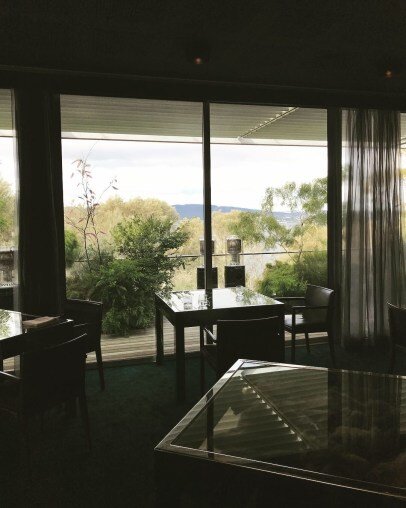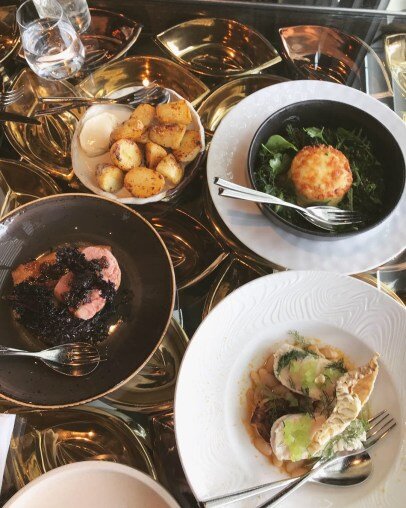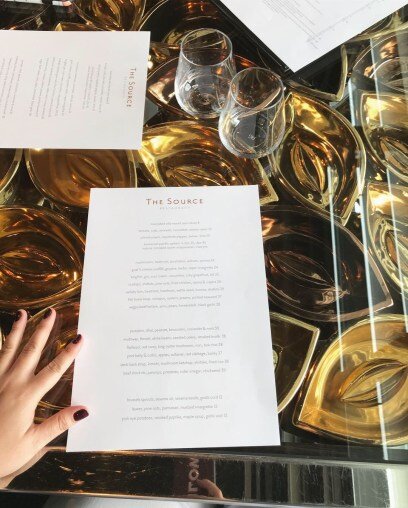Art Destination: irreverent & anti-establishment art mecca MONA
Since it opened in 2011, I haven’t stopped hearing about how I just had to go to the Museum of Old and New Art (aka MONA) in Tasmania, like it was the best thing since #bubbletea. I felt like I was the last person who hadn’t yet visited this art mecca and now that I’ve been, I get it.
MONA is one of the few large-scale privately funded galleries that are open to the public in Australia. With a $75 million renovation, the previous site of the Moorilla Museum of Antiques (opened by Walsh in 2001) was transformed into a large scale, multi-building, tantalising art intensive and culture playground.
Being privately funded means that the gallery doesn’t answer to any government body or demanding benefactors. It has freedom. And MONA runs freely in the wind, naked, unabashed and with wanton imagination.
Much excellent descriptions have already been written about the irreverent attitude of MONA and its idiosyncratic founder, David Walsh. In particular, I think Australian writer Richard Flanagan hits the nail on the head:
“At 51, he has the manner of a boy pharaoh and the accent of a working-class Tasmanian who grew up in Glenorchy, one of the poorest suburbs in the poorest state in Australia. His silver hair is sometimes rocker-length long, sometimes short. Walsh talks in torrents or not at all… He is alternately charming, bullying and silent. ”
“MONA was the ultimate senseless chance. Walsh wanted an anti-museum that challenged every shibboleth—anything, as he put it, “that pisses off the academics.”… If David is MONA, MONA is an enigma become a museum.”
Getting There
Hobart
OK – now that you’re adequately familiar with MONA’s background, let’s get to the practicalities. To get to MONA, you will first have to get to the city of Hobart, Tasmania, Australia. MONA may be deep, dark and sexy but don’t expect the rest of Hobart to be as on-brand. Whilst Hobart is a city, it feels more like a country town in many parts. There is beautiful produce and landscapes close by, CWA delicacies to be enjoyed, and a growing cafe/restaurant scene. But bring a book and be prepared to have a some quiet nights in your AirBnB as night life is pretty scarce.
Drive, shuttle or ferry?
Whilst it may look like a stand-alone island, MONA is actually on the Berriedale peninsula. This means that you can easily drive there if you have a car/ designated driver.
Alternatively, there is the MONA Roma Express Bus ($22 for one way/return) which drives between the Brooke Street Pier and the museum.
However, the most iconic way to visit MONA is to arrive in style on one of their MONA Roma ferries: MR-I or MR-II (also $22 one way/return). In stark contrast to the ferries in Sydney Harbour, the MR ferries feature chic bars that you can buy food/refreshments/alcohol from, some lux leather seating, staff in army-style uniforms and some sculptural sheep to get you in the irreverent art mood (a different kind of cattle class here!). There’s even an exclusive ‘Posh Pit’ at the front in case you’re feeling extra bourgeois.
Plan Your Day
The site of MONA encompasses a variety of indoor and outdoor spaces, bars and restaurants. It can all be rather overwhelming.
One thing I was very happy we did was to make a reservation at a restaurant in advance. This ensured that we had a mental and physical break from the art, and made sure we explored more than just the museum.
Time to Visit
If it’s your first time visiting, I would recommend catching the first ferry of the day/arriving close to opening time. There is a lot to explore and you wouldn’t want to have to cut your trip short! Especially when factoring the ferry ride back.
Day to Visit
We first visited MONA on a weekday – it was busy enough to have a buzz but we never had to wait long to see manned-artworks or to get through the shows (eg. cloaking, scanning tickets, picking up our O device). This was in stark contrast to when we went on a weekend. Tasmanians get into MONA for free (rather than paying $28), meaning that in addition to weekend tourists, MONA is also an appealing place for locals to spend their free time. The gallery spaces were much busier on the weekend and it made it a little harder to move about. The experience was still excellent, however it made me really appreciate the quietness of the first time that I visited.
Eat
In addition to being about groundbreaking art, MONA offers a cluster of restaurants making it an accessible destination for locals. There is the upmarket restaurant The Source, next to a cellar door, which can both be accessed from outside. Then there is the cafe inside the museum and the new Faro restaurant inside (entry via a James Turrell artwork and featuring another James Turrell artwork inside. Let’s just call it the Turrell restaurant, shall we?).
We chose to eat at the Source which was a quirky take on a fine dining experience. The expansive glass restaurant is surrounded by trees and offers some peaceful respite from the mind-bender of contemporary art. We also had a drink at Faro – I had a mocktail which was seriously good (which made me very happy because mocktails are so often disappointingly variations of tropical juice).
In addition to these places, I’ve head excellent reviews of the cafe and Cellar Door. And if those don’t appeal to you, there’s also the Wine Bar, the Golden Hour and the Void Bar.
Navigating the Art
The visitor’s immersion into art and experiential awareness begins before even arriving at MONA. I really think that the theme and messaging of the ferry sets the right tone and helps get your head in the right space – it’s going to be unexpected and you should embrace the ride.
When you arrive at MONA, there is one large staircase to venture up. I was puffed out, I’ll admit. But it reminded me of doing a hike to see a religious monument – no turning back now.
Once in the building itself, you’re advised to descend to the lowest level of the museum. Exposed sandstone walls greet you in this underground space. Then, you’re handed an O device.
The O Device
The O device consists of an iPod touch attached to a lanyard and a headset (if you desire). Rather than have text and labels on the wall, all information about artworks throughout the museum is housed in this electronic device.
This made a huge difference to experiencing the artworks. I remember that when I was studying art writing, my teacher advised that an artwork’s label should always appeal to someone who knows less than you, the same as you, and more than you (a very difficult rule to follow!). In short, it meant that you should spell things out clearly without assuming any prior knowledge, but offer more information in case someone wanted to dive deeper.
I think the O Device is an excellent solution to this conundrum. If you wanted a completely first-hand experience, you could ignore the device and didn’t have to be distracted by people huddling around wall labels. Whereas if you were really attracted to work, you could read about the artwork’s details, analysis, and David Walsh’s personal response to the work (under the tab ‘gonzo’).
In addition to this, there are practical aspects to the device – you can book a place in line to see a particular artwork (it’ll notify you when you’re spot is ready) and it will save the artworks that interested you (so you can read about them later).
The O device is so successful that a book was written about it (Stories of O) and I would love to see similar initiatives become more commonplace in museums. Having the device really made navigating the gallery very seamless, personalised and engaging.
The Art Itself
My favourite thing about MONA is that each and every artwork is shown in its ideal setting. By this, I mean that if a sculpture needs to be shown on its own (as in the case of Sternenfall / Shevirath ha Kelim, 2007 Anselm Kiefer), it’s given space to breathe and is isolated. Or, if an artwork needs a space of darkness and reverence (such as for the Pausiris Mummy), it is given that. Small objects are expertly lit with intermittent lighting or showcased through small portholes so that each one gets its own airtime.
The artworks on display reflect a personal taste – MONA truly is David Walsh manifested. This means that, just like meeting a new person, there may be things about it that rub you the wrong way. Do you smell faeces coming from an artwork? Yes, yes you do. Some animatronic humping skeletons? Also, yes. The tone of the art is different from any other gallery I’ve visited – it lacks the sense of properness or political correctness. It’s refreshingly unapologetic.
